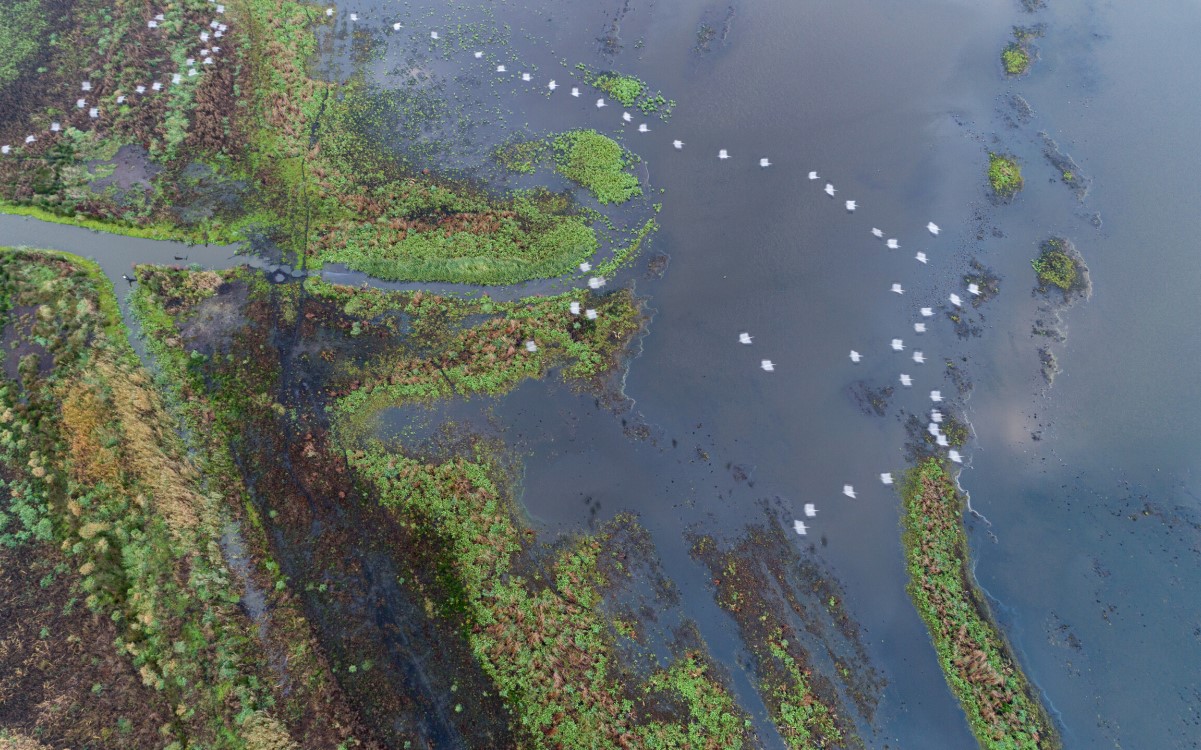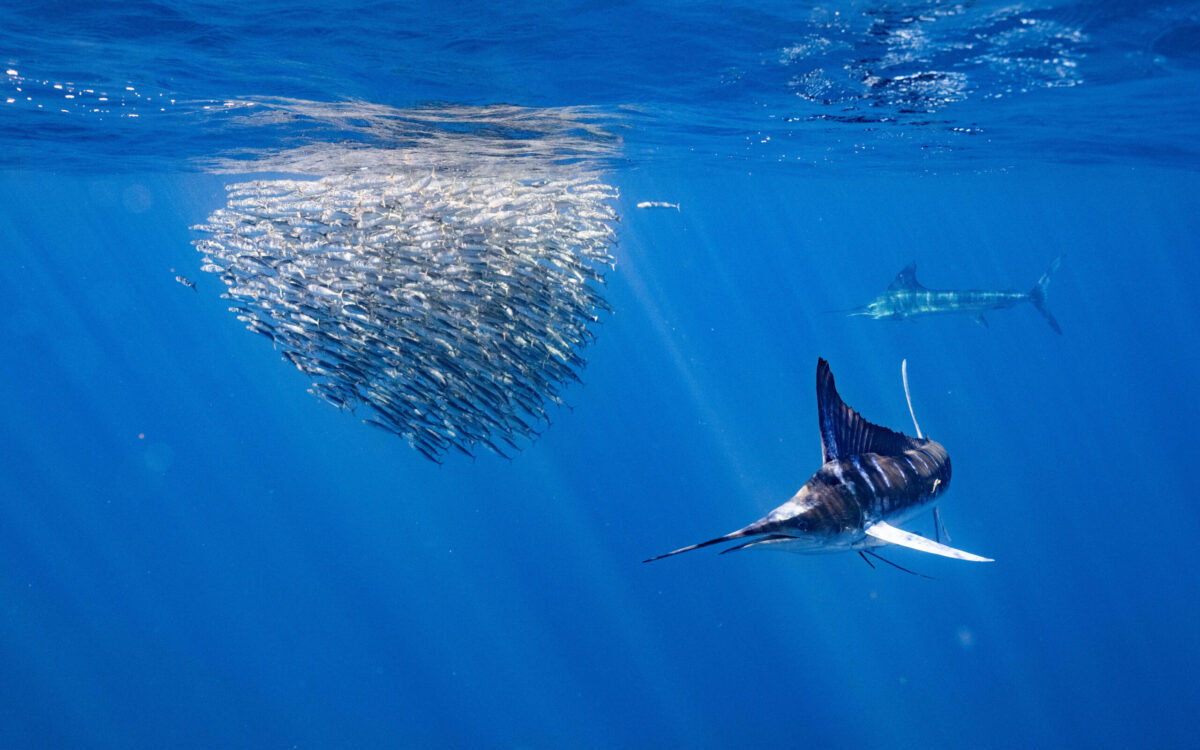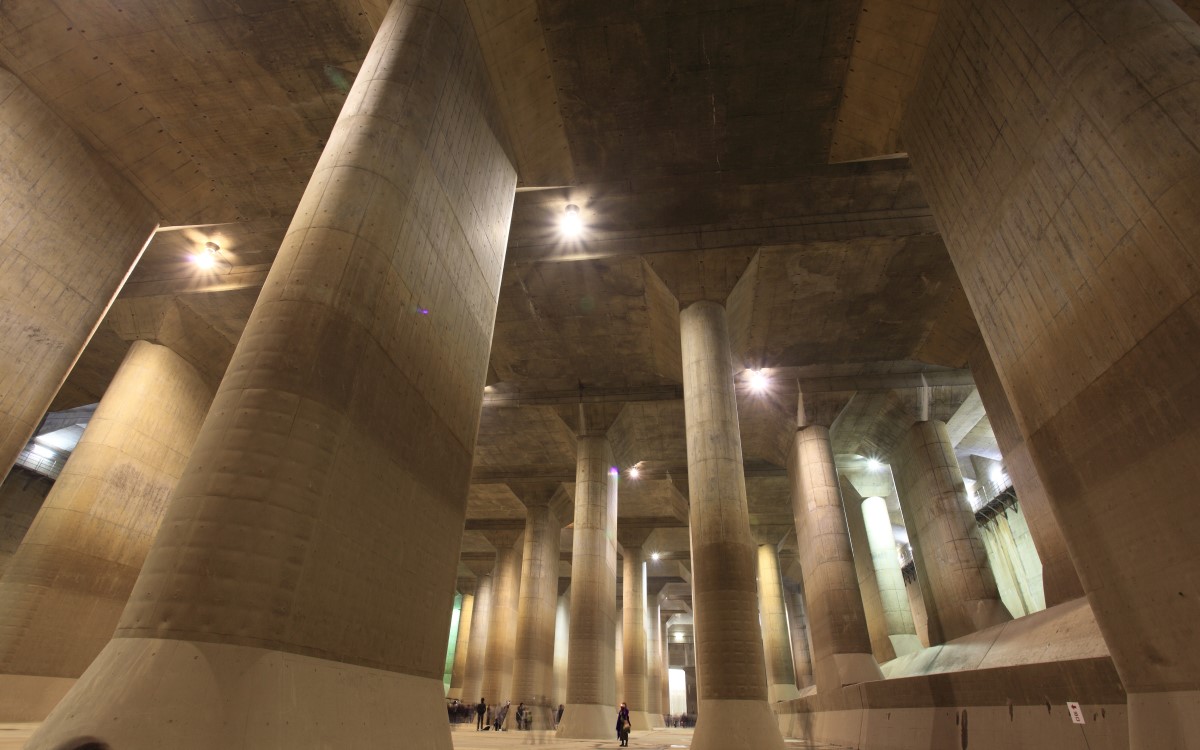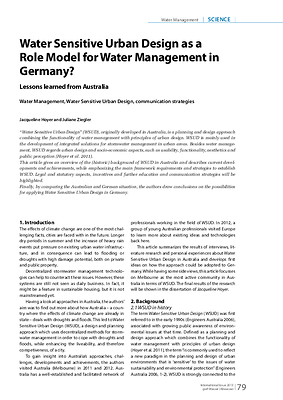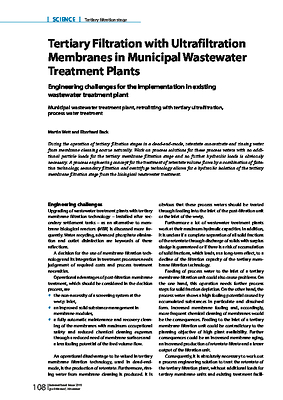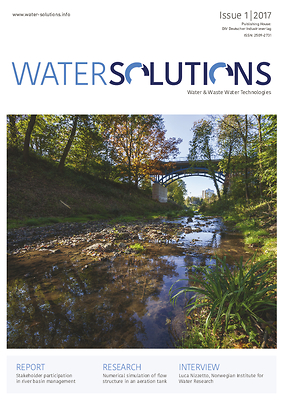In surface waters, antibiotic resistant genes come together with antibiotic residuals, because if a human or animal consumes antibiotics, a significant part of the drug (depending on the particular antibiotic) is released into the wastewater with faeces and urine and cannot be degraded in biological wastewater treatment plants. In the study published in the magazine PLOS ONE (see below) the antibiotics macrolide and fluroquinolone were chosen to examine the potential for their prescribing in England to select for resistance in the River Thames catchment. Furthermore, the question of how much of a reduction of these antibiotics prescribing might be required to alleviate the hazard of antibiotic resistance selection in rivers, if this was the sole means of mitigating environmental load, was addressed.
As consequences of the prescribing rates delivered by the National Health Services the authors calculated that 64 % and 74 % of the length of the modelled catchment is chronically exposed to putative resistance-selecting concentrations (PNEC) of antibiotic resistant genes, while about 8 % and 16 % respectively of the total length exceeded PNEC of macrolide and fluoroqionolone respectively by 5-fold. To mitigate these impacts, prescribing of these drugs would have to be reduced by 77 % (macrolide) and 85 % (fluoroquionolone).
The original publication is here available.
Study manifests the link between antibiotic resistant genes in rivers and prescribings of antibiotics
Kategorie: Sonstiges
Thema: Water Solutions
Autor: Jonas Völker
Das könnte Sie auch interessieren:
Passende Firmen zum Thema:
Publikationen
Sie möchten die gwf Wasser + Abwasser testen
Bestellen Sie Ihr kostenloses Probeheft
Überzeugen Sie sich selbst: Gerne senden wir Ihnen die gwf Wasser + Abwasser kostenlos und unverbindlich zur Probe!


